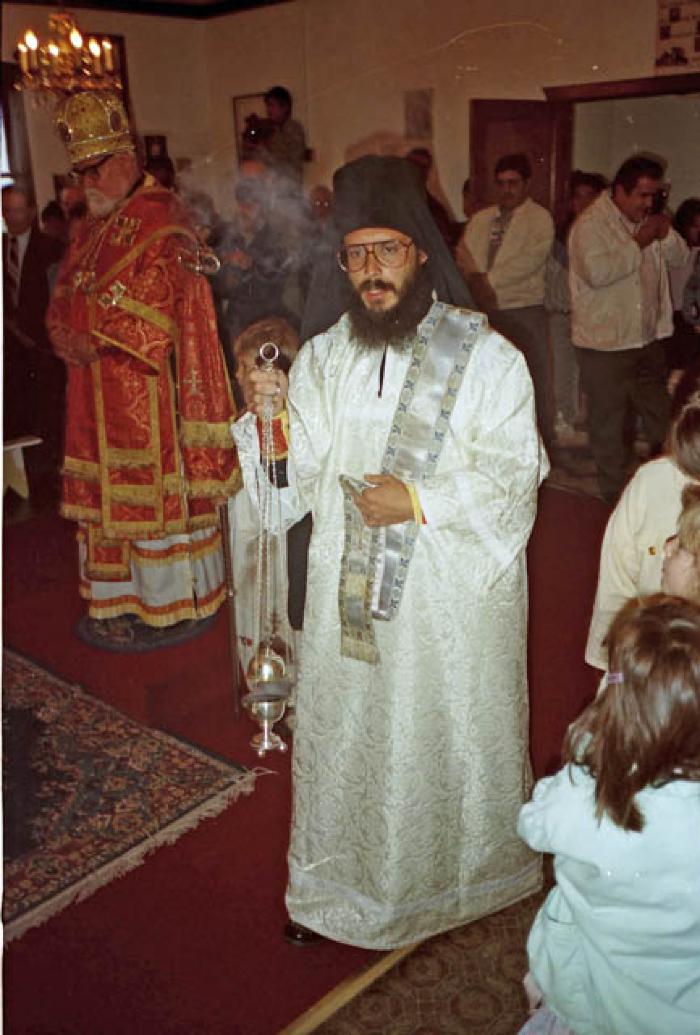Incense — Laatanaq

Incense is an integral part of Russian Orthodox Church services. Attend worship in a Kodiak church and you will see the priest swinging an ornate metal censer. As he venerates the four sides of the altar, smoke wafts from the censer, filling the room with a pleasant smell. The censer hangs from three chains, representing the Trinity: Father, Son, and Holy Spirit. The incense represents the sweetness of the saint’s prayers rising up to God.
The traditional base for incense is the resin from the Boswellia thurifera tree, a leafy plant found in northeast Africa and the Middle East. When harvested, the tree’s milky sap hardens into a fragrant resin known also as frankincense. Incense can also be made from the resin of fur trees. To these resins, people add a variety of essences, producing a material that burns with a sweet or fruity smell. Popular varieties include rose, honeysuckle, jasmine, and even one called Spruce Island. Named in honor of Saint Herman’s beloved Kodiak Archipelago home, this incense produces an evergreen smell.
The use of incense in the Russian Orthodox Church mirrors Alutiiq practices of cleansing with smoke. Historic sources indicate that Alutiiq men fumigated their ceremonial houses before winter festivals, using bundles of burning grass and spruce cones to cleanse the space before it was decorated with hunting gear. This set the stage for masked dancing performances, where Alutiiq people interacted with the powerful spirit world and asked for future hunting success.
